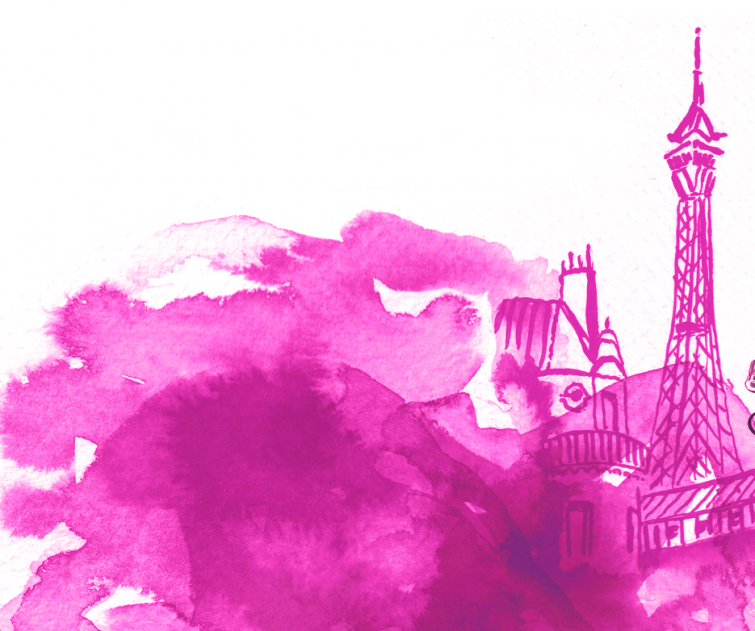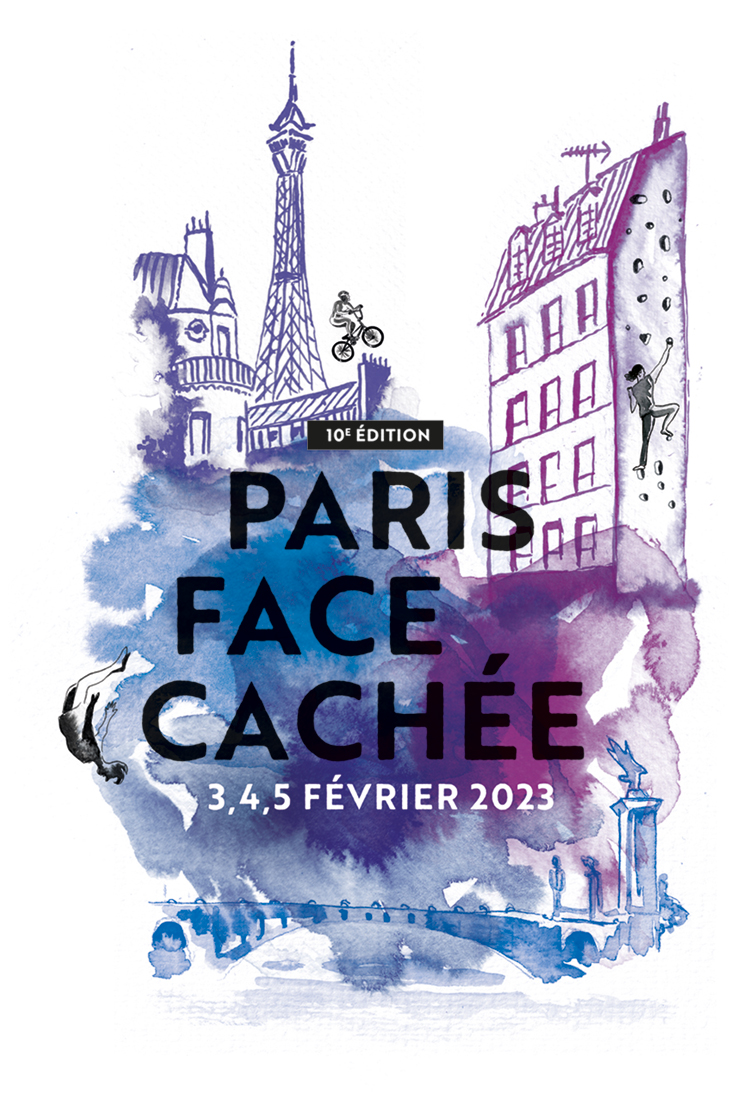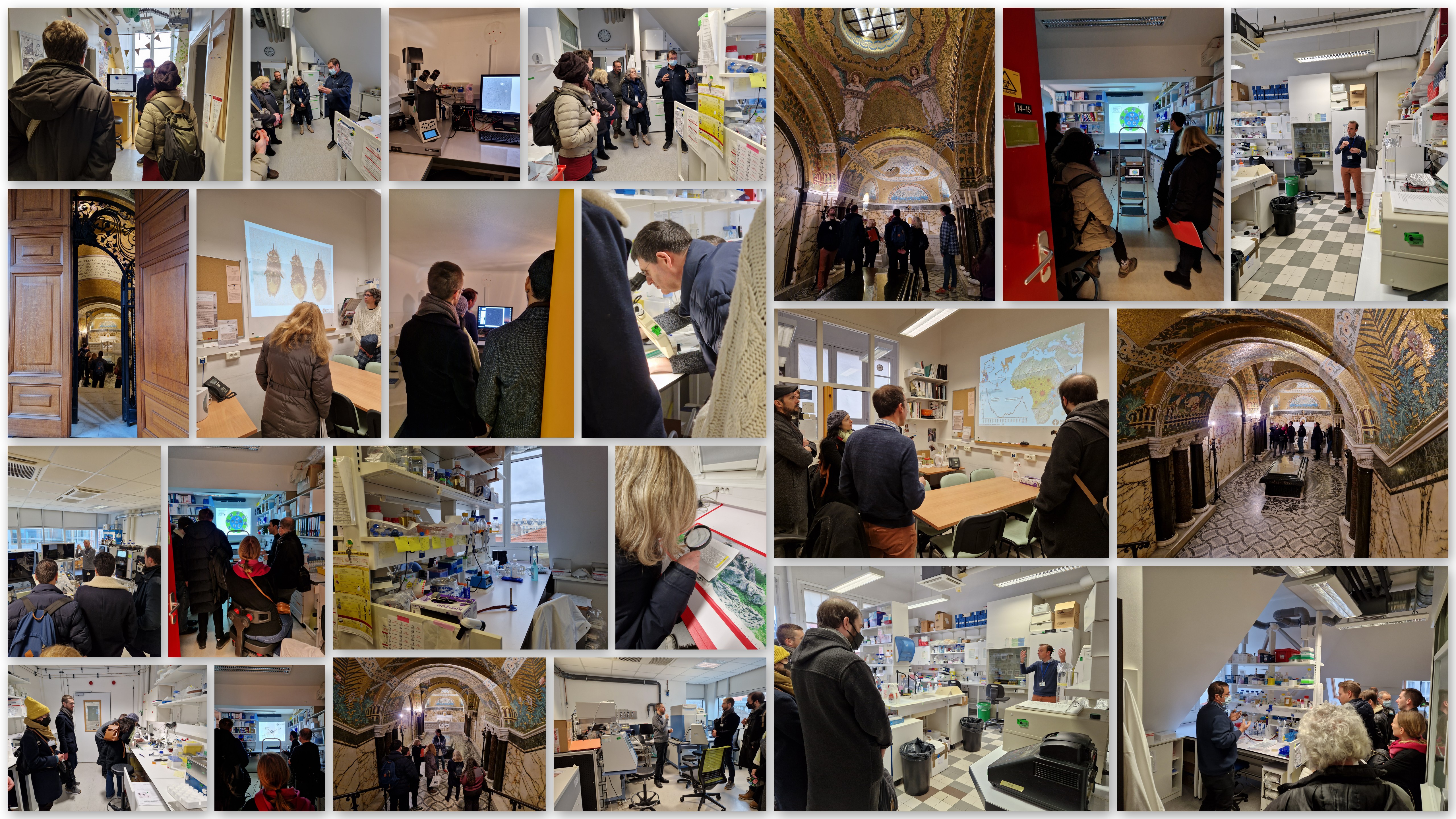
 science and society
science and society
"Hidden Face of Paris 2023" at the Institut Pasteur: a look back at the event on February 3
For the past ten years, the Hidden Face of Paris (Paris Face Cachée) event has been giving the public unique access to more than a hundred sites in the Greater Paris region over a 72-hour period. The idea is simple: members of the public sign up for an adventure based on an evocative title and description, without knowing who is organizing it or who they will meet. The venue is kept secret until the participants receive their ticket. For its 10th edition, Hidden Face of Paris joined forces with the Institut Pasteur for the fourth time to give the public a chance to explore what goes on behind the walls of its Paris campus.

On February 3, 23 curious visitors embarked on a unique tour of the Institut Pasteur, led by teams from the museum and the Communications Department, and were given the chance to visit various units. The participants, divided into four groups, began their tour by delving into the history of the Institut Pasteur as they were shown the Neo-Byzantine crypt where founder Louis Pasteur is buried. Each group then set off to discover different research units.
After the historical introduction at the crypt, the morning groups were given the opportunity to meet the teams in:
- the Trypanosome Cell Biology Unit, where the visitors were welcomed by Brice Rotureau and given a brief introduction to trypanosomes, the parasites responsible for sleeping sickness. As well as finding out about the importance of research on this subject and preventive measures, they were also able to observe trypanosomes under the microscope.
- the Mass Spectrometry for Biology UTechS (technology and service unit), where the visitors, accompanied by Martial Rey, were introduced to the analysis technique known as mass spectrometry, the equipment used and the health applications.
The afternoon visits took place in the same format, with groups visiting:
- the Genetics of Biofilms Unit, where they met the teams working on this topic. Jean-Marc Ghigo and Christophe Beloin showed the visitors a presentation to help explain what a biofilm is, their different applications including the study of biofilm formation on medical instrumentation to prevent nosocomial infections.
- the Biology of Spirochetes Unit, where Mathieu Picardeau, Head of the Unit and Director of the Leptospirosis National Reference Center (CNR), presented the two activities he is responsible for. Participants were able to find out more about leptospirosis, including what it is and where it circulates, and also about spirochetes, bacteria responsible for several diseases.
These encounters with people working in research gave participants an opportunity to chat to them about their respective research fields and also more broadly about the Institut Pasteur's activities. The event, based on meeting scientists, sharing knowledge and learning more about what they do, sparked a great deal of interest among the "Hidden Face of Paris" participants. This latest edition on campus was a great success and reflects the Institut Pasteur's determination to continue to find new ways of reaching out to society.
For a preview of this event, click here and watch the video of the event
Photos : Kadidia Siméon/Institut Pasteur
